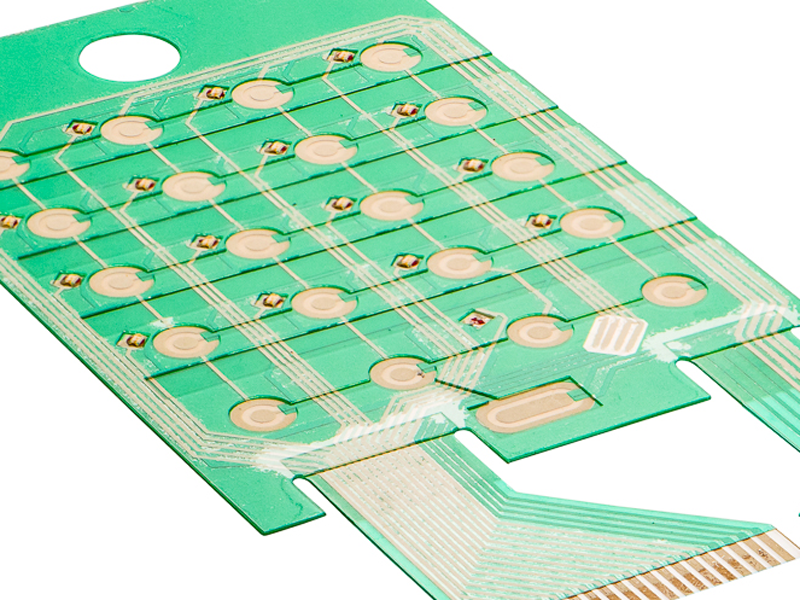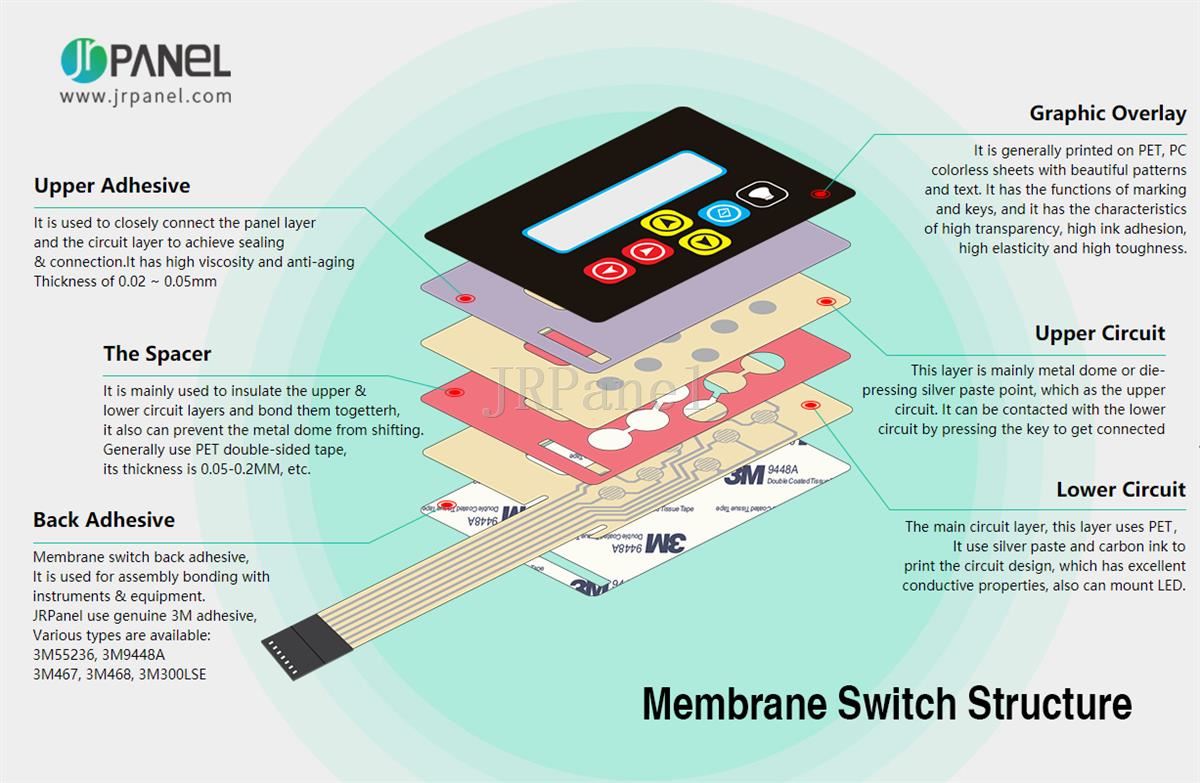Exploring the Different Types and Features of a Membrane Switch
Understanding Membrane Layer Changes: The Secret to Sturdy and Dependable Controls
Membrane layer switches stand for an important facet of modern interface style, mixing functionality with strength in numerous applications. As we explore the ins and outs of membrane buttons, it becomes clear that their function in enhancing control systems is both complicated and profound, elevating concerns concerning how best to take advantage of their abilities in future technologies.
What Are Membrane Switches?
Membrane layer buttons are an innovative option in the world of interface technology, integrating performance and style effortlessly. These gadgets act as an interface between individuals and electronic systems, integrating several components right into a portable style. Usually built from adaptable, slim layers of materials, membrane buttons are created to reply to touch, making it possible for users to connect with equipment and digital gadgets efficiently.
The primary aspects of a membrane button consist of a printed circuit layer, visuals overlay, and a spacer layer that protects against unintentional activation. The visuals overlay can be tailored to reflect brand name identification or individual preferences, improving visual appeals while making certain functionality. Membrane switches are typically made use of in numerous applications, consisting of medical devices, consumer electronic devices, and industrial equipment, owing to their toughness and resistance to environmental variables such as dampness and dust.
Among the crucial advantages of membrane layer switches is their ability to stand up to wear and tear, making them excellent for high-traffic atmospheres. In addition, they are light-weight and require minimal space, allowing for innovative designs in item advancement. Overall, membrane layer changes represent a reliable and sensible option for modern digital user interfaces, marrying modern technology with user-centric style principles.

How Membrane Layer Switches Job
The procedure of membrane changes joints on an easy yet effective mechanism that equates customer input into electronic signals. When a user presses the button, the top layer warps, allowing a conductive aspect in the circuit layer to make call with a matching conductive pad on the bottom of the graphic overlay.
The style of membrane buttons can vary, but they frequently include domes or tactile aspects to offer responses to the customer, improving the general experience. The materials made use of in membrane switches, such as polyester or polycarbonate, add to their resilience and resistance to ecological elements, consisting of wetness and dirt. Furthermore, the printed circuits are typically enveloped, which shields them from deterioration over time.

Benefits of Membrane Layer Buttons
One of the primary benefits of membrane layer switches is their versatility in design, enabling them to be customized to fulfill certain customer demands and aesthetic needs. This versatility includes various markets, where various forms, sizes, and shades can be employed to enhance customer interaction and visual charm.
Additionally, membrane buttons are known for their toughness. Constructed from robust products, they are immune to dust, wetness, and physical wear, read the article which dramatically expands their lifespan contrasted to standard mechanical switches. This durability makes them especially appropriate for high-traffic atmospheres and applications calling for longevity.

Additionally, membrane layer switches provide a structured profile, resulting in a thinner style that can be integrated right into numerous gadgets without adding mass. This feature not just boosts the aesthetic allure yet additionally adds to a much more ergonomic product layout.

Applications of Membrane Layer Switches
User-friendly and flexible, membrane switches locate applications across a vast array of sectors, consisting of medical devices, consumer electronic devices, and industrial equipment. In the medical area, these buttons are important to devices such as diagnostic equipment, client tracking systems, and mixture pumps, where dependability and simplicity of cleansing are essential. Their capacity to endure harsh settings and maintain capability makes them suitable for such applications.
In customer great site electronic devices, membrane buttons are made use of in items like microwaves, washing machines, and remotes - membrane switch. Their sleek design permits instinctive customer interfaces, enhancing the total user experience while providing resilience and resistance to tear and use
Commercial tools also takes advantage of membrane switches, particularly in control panels for machinery and automation systems. These switches provide defense versus dirt and moisture, making certain regular performance in difficult settings. Their adjustable features allow makers to tailor them to details functional demands, improving efficiency and functionality.
Choosing the Right Membrane Layer Switch Over
When picking a membrane layer switch, it is necessary to consider numerous variables that influence performance and viability for details applications. The main considerations consist of ecological conditions, tactile responses, durability, and design specifications.
First, analyze the operating setting; switches subjected to dampness, chemicals, or extreme temperatures need details materials to make sure durability and capability. check it out Next, assess the need for responsive feedback. Depending upon customer communication, some applications might gain from a tactile reaction to validate activation, while others may favor a non-tactile design for aesthetic factors.
Longevity is another important variable; membrane layer switches ought to be created to hold up against constant use, effects, and abrasion. Make sure the chosen switch can endure the expected lifecycle, especially in high-usage situations.
Verdict
In conclusion, membrane layer switches over serve as vital components in the style of sturdy and trusted control systems throughout numerous markets. The flexibility of membrane layer switches over allows for customized solutions that fulfill particular functional needs, strengthening their importance in modern-day innovation.
Membrane layer changes stand for a crucial element of modern-day interface layout, blending functionality with resilience in different applications.Membrane layer switches are an innovative remedy in the realm of customer interface technology, incorporating capability and design effortlessly. Generally created from flexible, thin layers of products, membrane layer switches are designed to respond to touch, making it possible for users to engage with machinery and digital devices successfully.
The layout of membrane layer switches can differ, yet they typically include domes or responsive components to provide feedback to the customer, improving the total experience.In verdict, membrane switches over serve as crucial components in the style of trustworthy and sturdy control systems across various sectors.